ESD & Cleanroom

ESD & Cleanroom Products
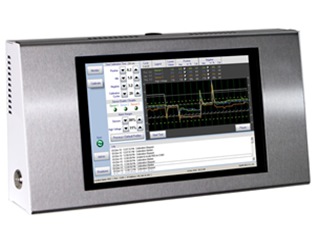
Measurement & Testers (DESCO)
DESCO Static Control, DESCO ESD Test Equipments
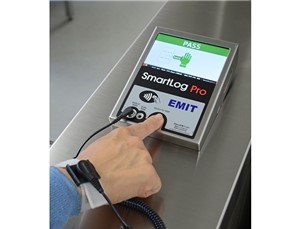
Access Control System (Desco Emit)
DESCO testing of ESD personnel grounding
.jpg)
SMP – Real Time Monitoring System
is a system used for real-time data monitoring and tracking.
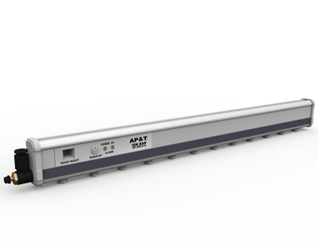
Ionizer Bar&Ionizing Air Blower
are devices used to remove static electricity in production areas or charge-sensitive environments.
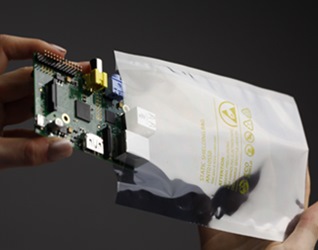
ESD Packaging
Conductive corrugated, Sheilding bag, EVA form
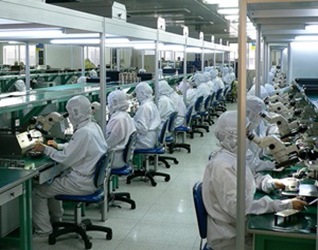
Cleanroom
Air Shower, Pass Box, Clean Bench, HEPA filter, FFU
ESD Material Handling
ESD Material Handling to Prevent Electronic discharge
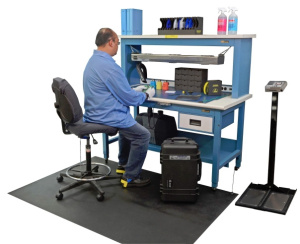
Workstation Monitoring
Workstation Monitor is intended to monitor the operation
APR Rework System
The Scorpion Rework System provides platform rework system.
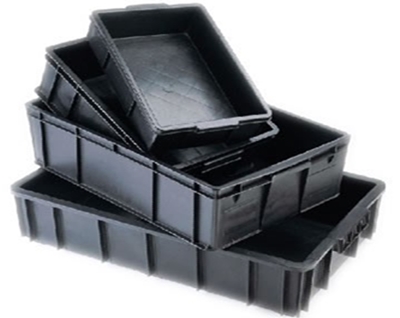
ESD Box
ESD Containers and multi boxes, ESD Storage bins and trays, ESD Tote boxes
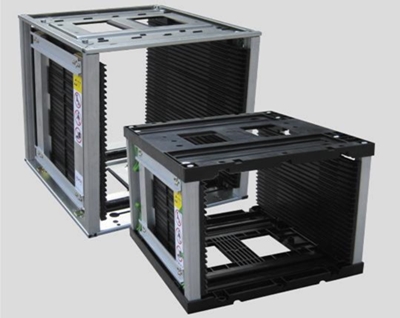
ESD Magazine Rack
ESD Magazine
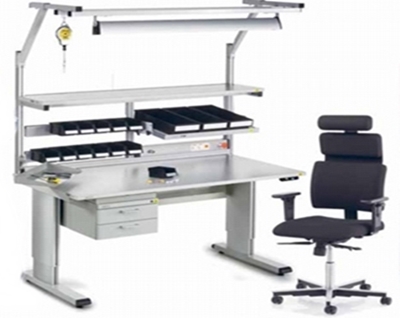
ESD Workbench & ESD Chair
ESD Workbench & ESD Chair
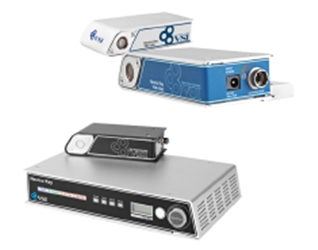
Photo Ionizer
An innovation technology within the field of ionization with out air
.png)
FFU (Fan filter unit)
FFU พัดลมติด HEPA Filter ที่ช่วยกรองฝุ่นในอากาศออก ก่อนที่จะป้อนอากาศเข้า Clean Area.